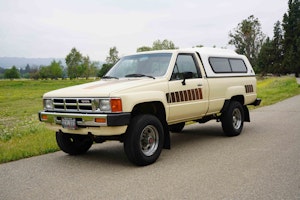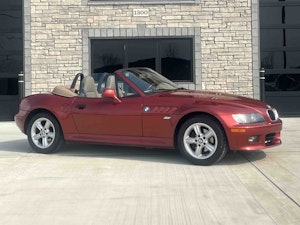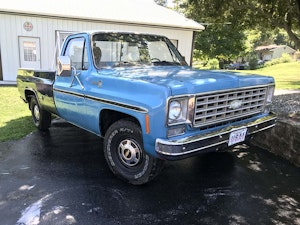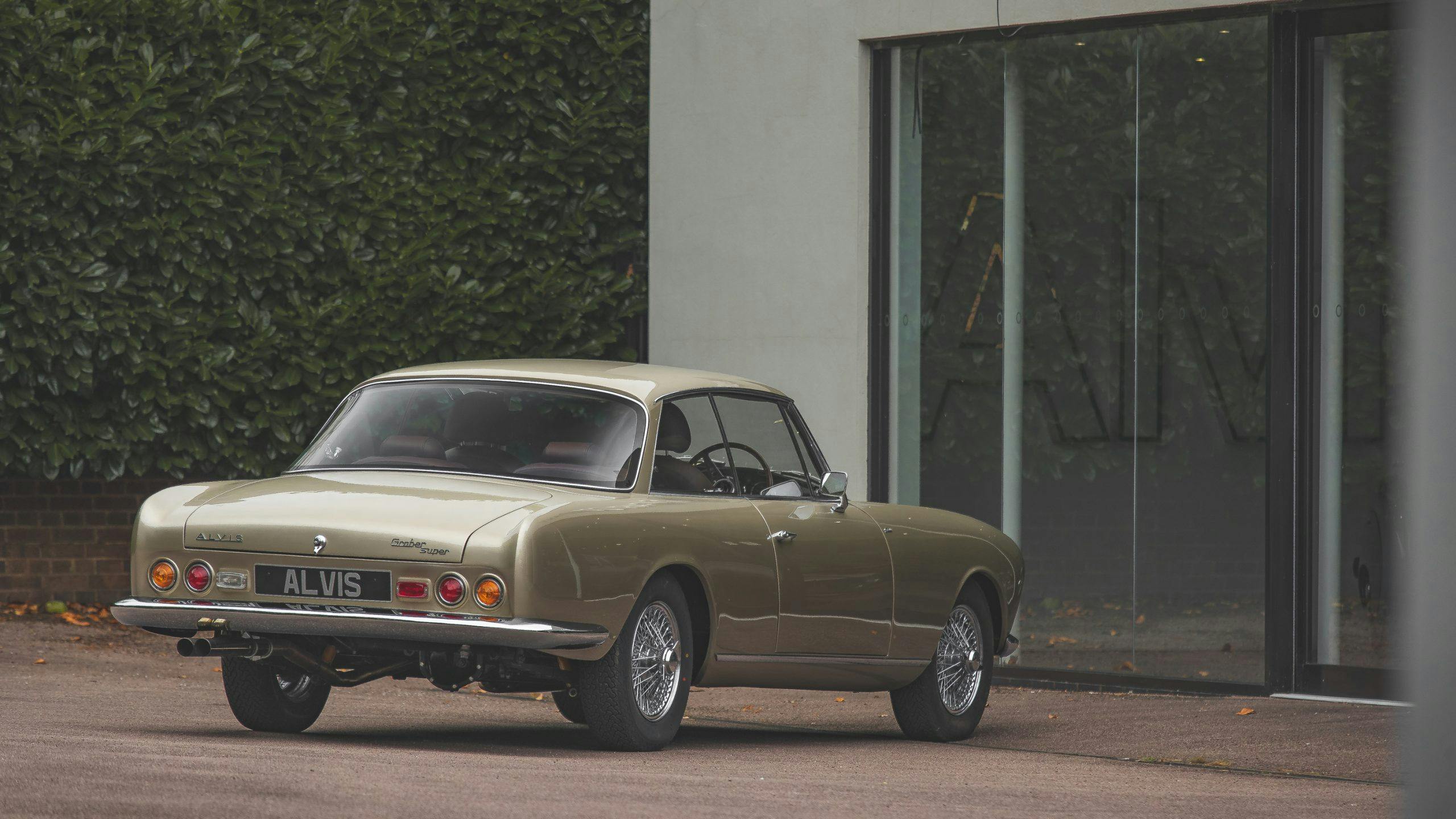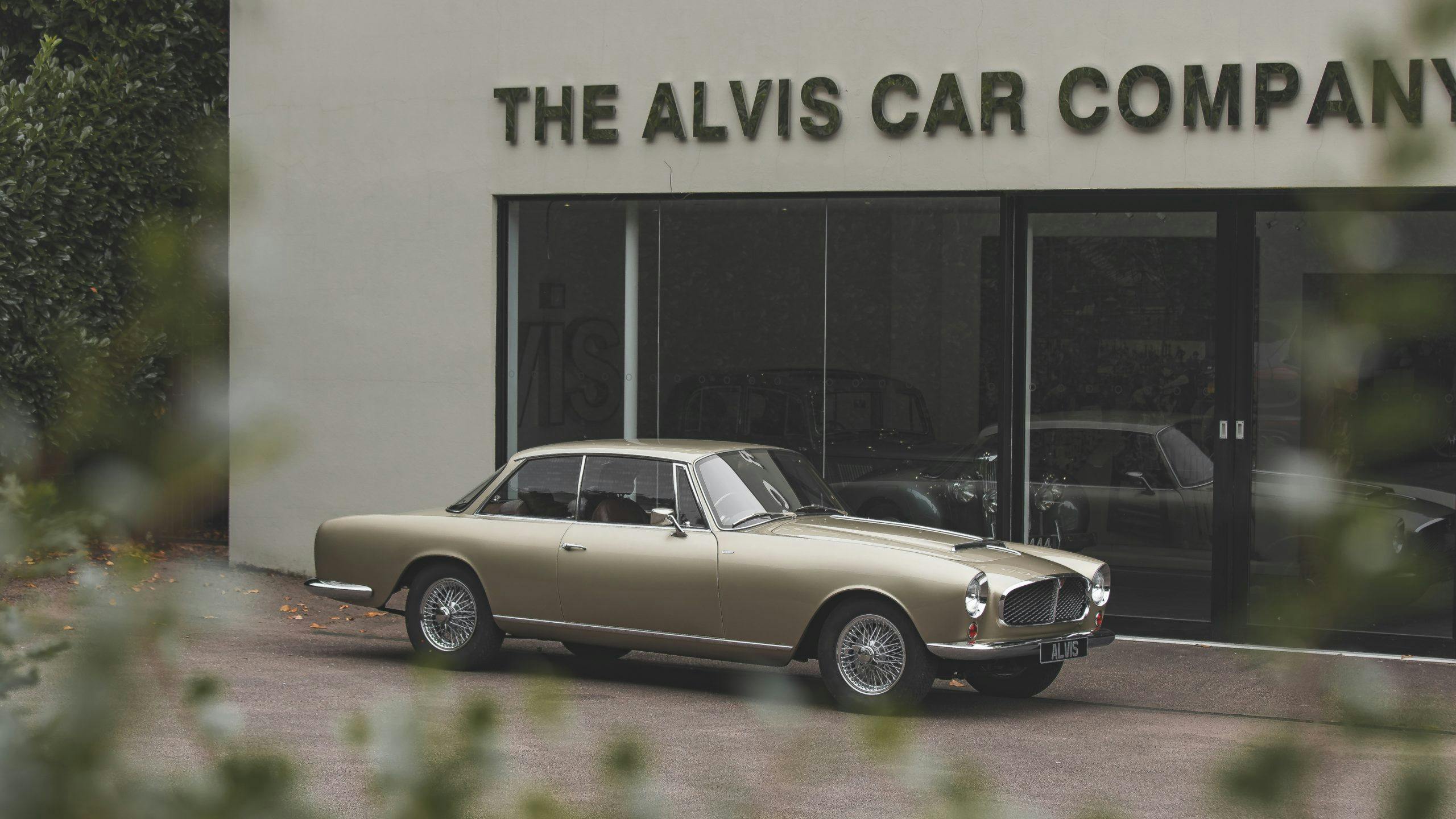Media | Articles
Mid-engine Z06 shines camo-free, NISMO gets campy, not your father’s MG
2023 Corvette Z06 fully sheds camo, shows off hips
Intake: Roughly a month out from its debut, the first-ever mid-engine Z06 has been uncovered. The track-oriented Vette wasn’t, admittedly, wearing much camo the last time we spotted it, so the silhouette isn’t much of a surprise. But there are several details worth noting: It’s now clear that the wing out back, deployed during the Z06’s last on-track shenanigans, is a movable affair and sits flush with the rear deck when aero needs are low. The 14-spoke wheels are a new design—expect them to be unique to the Z06 and to hide a meaty set of braking hardware. Chevy designers chose to accentuate the horizontal lines of the side scoop with a blacked-out “boomerang,” a decision that pairs nicely with the dark trim in the lower front fascia, an area that recalls the last-generation ZR1.
Exhaust: Chevrolet is playing coy by tucking this photo a few swipes deep in an Instagram slideshow, but don’t expect the Z06 to exhibit the same persona. All signs point to it being a brash bruiser. We’ll know all on October 26, 2021.
Nissan follows up new Frontier with slew of overlanding-ready NISMO parts
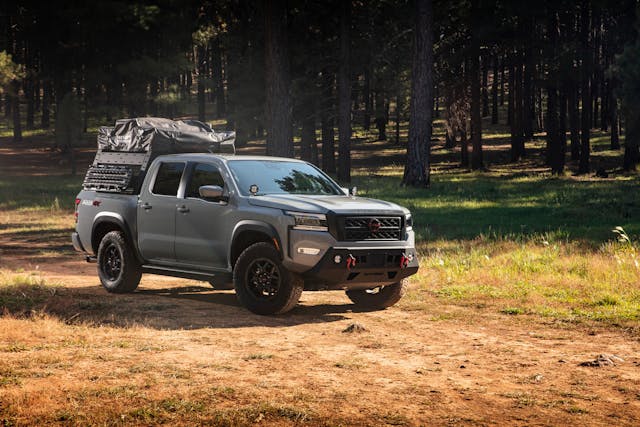
Intake: Hot on the heels of its well-received 2022 Frontier mid-size pickup, Nissan headed to Overland Expo West this weekend to unveil a slew of NISMO parts ready to bolster the tough-truck’s off-road-worthiness. Among the parts revealed are new four-inch LED ditch lights, a popular add-on to many off-roaders to light the sides of the trails. There’s also a new overlanding-ready bed rack, to which a new NISMO rooftop tent could be mounted. The tent has a 600-pound static capacity and can fit two adventurers. Finally, a new bolt-on NISMO performance exhaust was also revealed. The bed rack, trail lights, and exhaust can also be fitted to older Frontiers (2005–21) and Xterras (2005–15).
Exhaust: This Frontier is shaping up to be something great. We love seeing Nissan bolster its factory-backed arsenal of trail-ready goodies—the investment shows that Japan is paying attention to how its customers are using the trucks once they leave the factory gates. As overlanding continues to take the country by storm, Nissan has made a smart call by choosing practical accessories that maintain the Frontier’s position as an honest, analog truck as the competition continues to get more tech-laden … and thus more tech-dependent. Looking at you, Ranger and Colorado.
Lewis Hamilton takes 100th Grand Prix victory
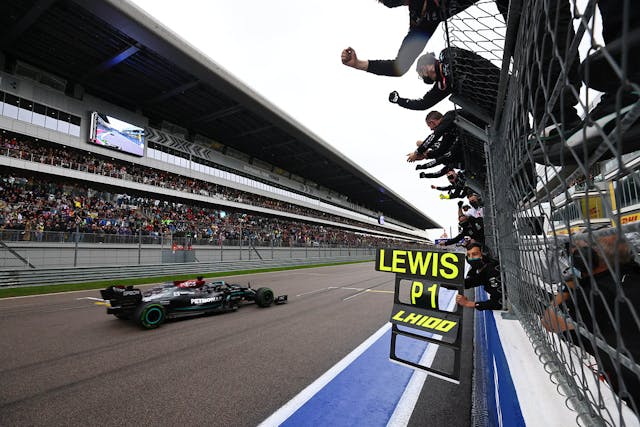
Intake: After his victory at the Russian Grand Prix, Sir Lewis Hamilton has become the only driver in the history of Formula 1 to take 100 wins. Having crashed (twice) in qualifying, Hamilton started in fourth and then dropped back down the field after a poor getaway, while young guns Carlos Sainz Jr. and Lando Norris—the latter of whom scored his first-ever F1 pole—duked it out for the lead. As the race progressed, Hamilton looked set for a solid second place behind Norris until the heavens opened on the Sochi circuit with just five laps to go. As all around them pitted for intermediate tires, Norris and Hamilton stayed out on slicks. The Mercedes-AMG team did eventually call its racing knight into the pits for a change of rubber while Norris was determined to press on. It proved to be a costly mistake: The British-Belgian driver went off the track, handing Hamilton his first win since the Silverstone Grand Prix.
Marketplace
Buy and sell classics with confidence
Exhaust: Hamilton has his critics, but he has achieved what no other driver has: seven World Championships and 100 race wins. It’s true that six of those titles have come in a dominant car, and that, thanks to an increase in the number of races per season, Hamilton has had more race time per year than his predecessors, but if you look at his start:win percentage the stats are still mightily impressive. Hamilton has won 100 times from 281 starts, a 35.6 percent success rate—one bettered only by Juan Manuel Fangio (47 percent) and Alberto Ascari (40.63 percent). Michael Schumacher’s 91 victories and six world titles gave him a 29.6 percent score.
This is not your dad’s MG
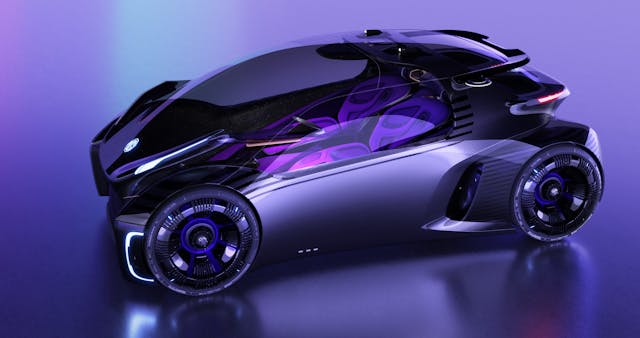
Intake: You won’t need a flat cap and string-back gloves to drive this latest MG concept from SAIC Design. Instead of gripping a leather-clad steering wheel, you control the MG MAZE concept car with your smartphone. The car is described as a “vision of future mobility” and takes design cues from gaming PCs. The MAZE game-ifies driving even further by encouraging its occupants to explore their city by hunting down digital street art. “The concept is a reaction to our lives during recent months,” says design director Carl Gotham, “where we have been met with restrictions and limitations on our ability to move around and interact. Exploring the idea of ‘mobile gaming,’ we used MAZE as platform for people to get out and rediscover their environment in a new and relevant way, opening up new experiences with their city.” There’s no word on any of the technology that underpins the MAZE, making it a true concept car rather than a blueprint for things to come.
Exhaust: The idea of a car controlled by your smartphone seems pretty terrifying to us, as you’re just one swipe away from side-swiping another car. Pun intended. However, we do like the idea of a car that encourages you do go out and explore the world, especially as that’s something that’s been missing from many of our lives.
Alvis uses original ’60s parts for its first post-war continuation car
Intake: After digging through a literal treasure trove of original parts and blueprints, the staff at Alvis Car Company has emerged from the shop triumphant, once again. 45 years after the Coventry factory was unceremoniously closed in 1967, Alan Stote resurrected the company to do exactly what it did best: build beautiful, technologically adept race cars and grand tourers. Not new models, mind you—nearly identical “continuation” versions of the original cars. Alvin’s are remarkable even alongside Aston Martin’s Goldfinger DB5s or even Bentley’s reborn Blowers, because Stote decided to hand-build the six continuation models using the original chassis and engines tucked away in ’67 when the factory shut its doors. This particular car is Alvin’s first post-war model, a Graber Super Coupe that follows on the heels of its 1953–55 JR race cars. Under its shapely aluminum bodywork sits an Alvis-designed 3.0-liter, 1960s-era straight-six upgraded with fuel injection and a higher compression ratio to make 170 hp and 209 lb-ft of torque. Alvis’ next builds will be a Graber Cabriolet and a Lancefield prewar car with a 4.3-liter straight-six, each the first example of their continuation series.
Exhaust: Alvis is a special flavor of retro, one that takes more cues from Morgan than it does from born-again EV manufacturer Hispano-Suiza. Rather than recycling a heritage-laden name for a hyper-expensive electrified modern supercar, Alvis is taking pride in its undiluted past—and we tip our caps to them.
Toyota debuts Tundra TRD Pro for the Camping World Truck Series
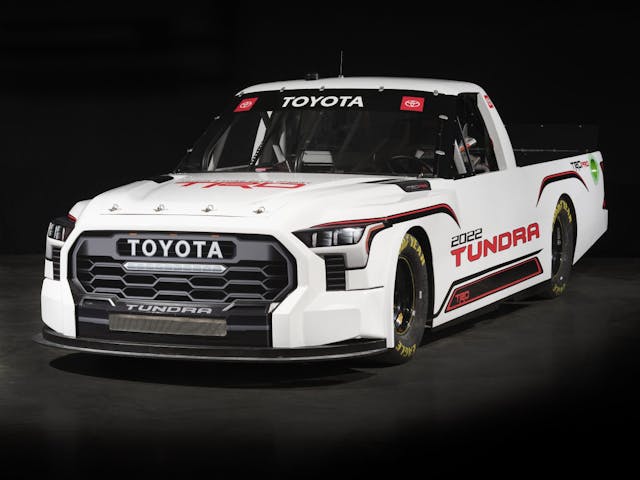
Intake: A Tundra TRD Pro body will be debuting at Daytona International Speedway in February 2022, making Toyota the only manufacturer to campaign three different models across the top three NASCAR series. This launch coincides with the all-new, next-generation Tundra models reaching showroom floors.
Exhaust: The 2022 Tundra TRD Pro and its gaping maw are all the rage for Toyota right now, so it makes sense that the in-your-face style would make its way over to the marque’s racing efforts as well. The production truck is quite aggressive and thus makes for a good-looking race car, especially when you consider the rigid form the actual body takes. See the new look on track February 18, 2022, for its first race with Kyle Busch Motorsports.



